We are developing innovative materials by manipulating surfaces and interfaces through electrochemical approaches. Our current focus includes semiconductor nanoparticles that exhibit photoluminescence, aiming to visualize the flow of electrons via light. In addition, we are conducting fundamental research on binder-free electrodes and solid-state electrolytes to contribute to the development of next-generation batteries.
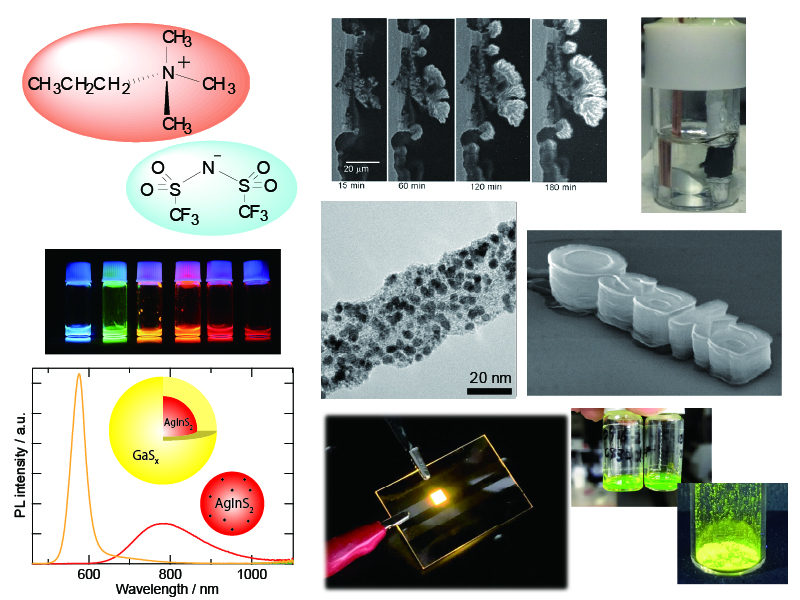
Our aim is to understand structure/function relationships of proteins. We visualize their three-dimensional structures at an atomic level by X-ray crystallography. To do this, we crystallize proteins and collect X-ray diffraction data from the crystals at SPring-8 or SACLA, and process the data with computers to reveal the electron-density maps. We then speculate the structure/function relationship and design novel molecules that control its function. Development of small-molecule medicines, the 3rd generation antibody drugs, and improvement of global environment and crop productivity are now in study.

Bowl-shaped π-conjugated compounds including partial structures of the fullerenes, which are called “buckybowls”, are of importance not only as model compounds of fullerenes but also as their own chemical and physical properties. Very few buckybowls has been achieved for preparation mainly due to their strained structure. We develop the rational route to the various buckybowls and investigate their physical properties. We also investigate to develop novel catalytic properties of metal nanoclusters. We focus on the following projects: Preparation of size-selective gold and gold-based alloy nanoclusters supported by hydrophilic polymers and its catalytic activity: Development of designer metal nanocluster catalyst using the highly-functionalized protective polymers.
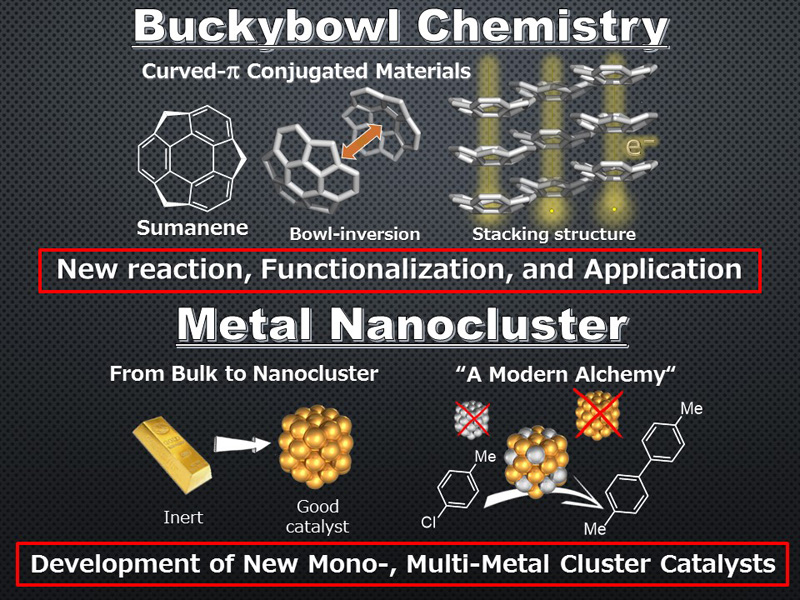
The main goal of our research is to develop a new scientific field based on “organic/inorganic chemistry” and “biotechnology”. Toward this goal, we are challenging to generate new biocatalysts and biomaterials beyond the scope of nature by using various organic compounds, transition metal complexes, biomolecules (such as proteins and DNA), and microorganisms. Current topics of our group are divided into the following three subjects: (1) Synthesis and evaluation of new porphyrinoids with well-designed cofactor structures, (2) Generation and evolutionary engineering of artificial metalloenzymes with synthetic metal cofactors, (3) Construction of highly-organized protein assemblies to provide new functional biomaterials.
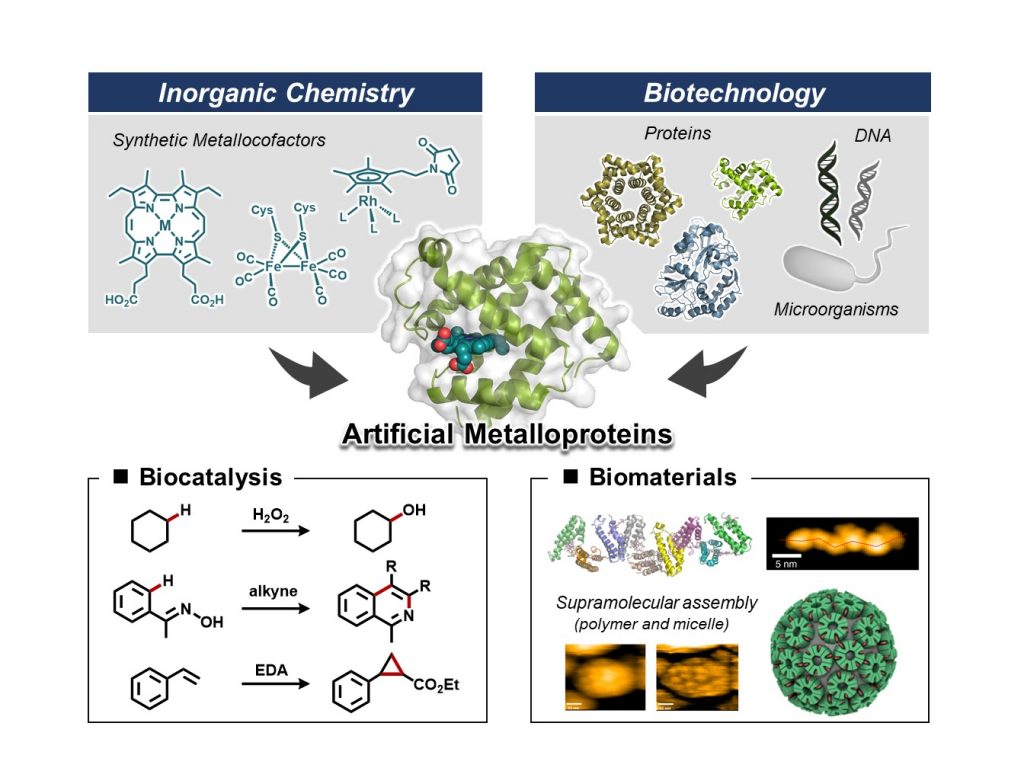
Research in our group seeks to bring the experience and tactics of strategies of organic methodology development based on synthesis of potential molecules. Especially, our interests are focused on efficient, selective, and environmentally benign methodologies for synthesis of valuable molecules. The new methods have been developed for the synthesis of useful molecules as building blocks for organic synthesis, fullerene derivatives directing toward functional materials, and natural products.
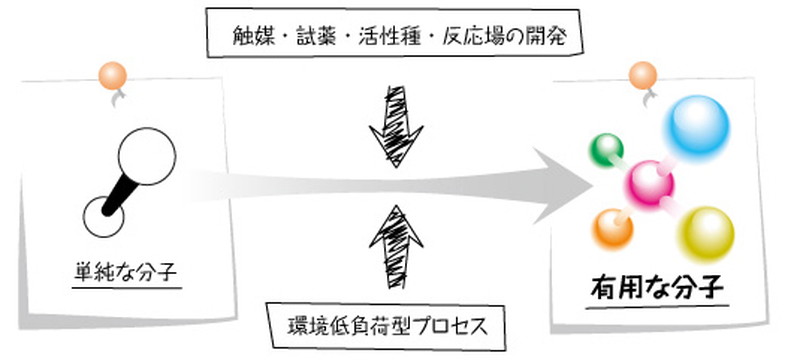
When atoms condense, solids form and exhibit physical properties that we cannot imagine. We focus on inorganic solids, such as transition metal oxides, and promote solid-state chemistry research by synthesizing epitaxial films and bulk samples with atomically controlled structures and exploring their physical properties. We are developing various functional materials such as two-dimensional ferroelectrics, hydrogen storage oxides, ion-conducting solids, and environmental catalysts.
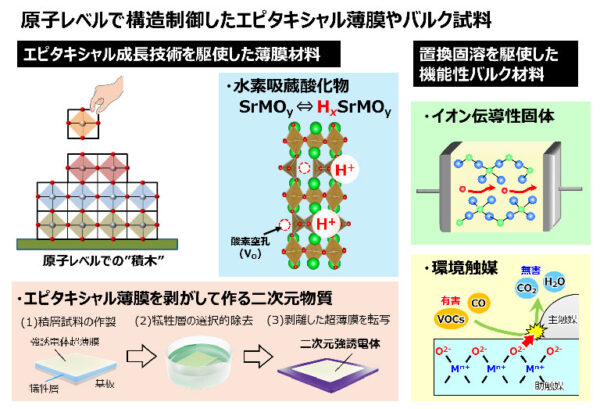
Polymer materials chemistry area deals with new functional polymeric materials on the basis of our original designs and syntheses. We have developed a new class of biomass plastics from renewable resources including originally designed cellulose nanofibers and biopolyesters, a new fabrication method of nanoporous polymer monoliths and their applications in medical, environmental, and energy fields, and adhesive method for hydrogels.
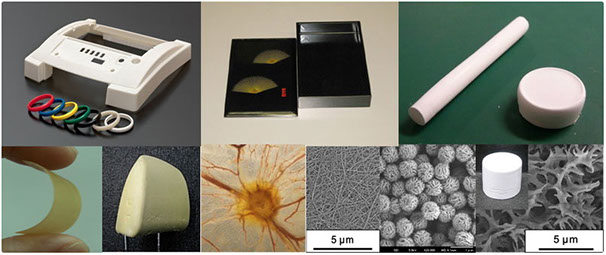
Our research targets are (1) formation of hierarchical nanostructure of soft materials such as polymers, molecules, and organic-inorganic hybrid materials, (2) development of novel measurement technique, and (3) design and synthesis of conjugated polymer materials having optical, electrical, and magnetic response aiming at application such as organic photovoltaics and functional devices. These materials are utilized in nano-structuring and functionalization, which is characterized at single molecular level.
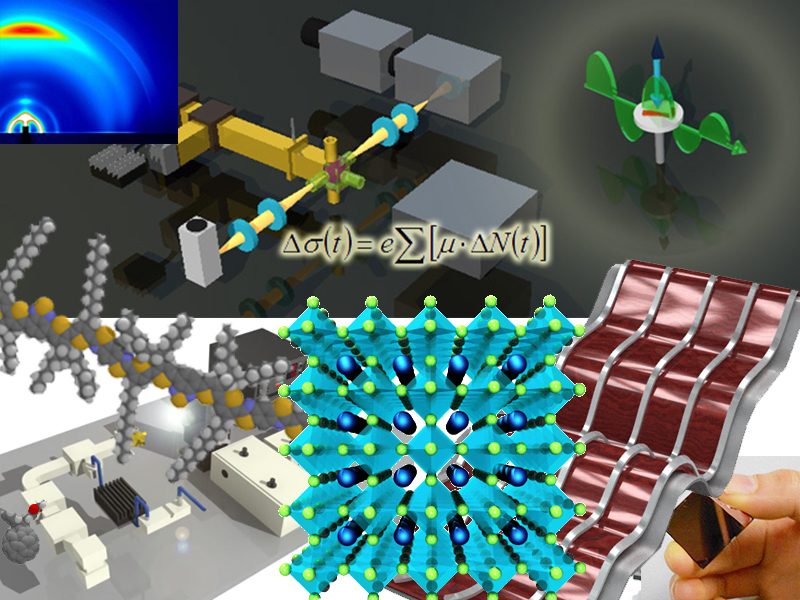
Organic Electronic Materials Science Area
We have been studying organic electronic materials and their application to electronic devices such as organic light-emitting diodes, organic thin-film transistors and organic solar cells. We intend to develop new concept devices and materials by understanding fundamental properties of organic materials. This interdisciplinary field includes a wide range of academic area from organic chemistry for designing one molecule to physical chemistry for understanding solid state properties, and device physics based on semiconductor engineering for improving performances.
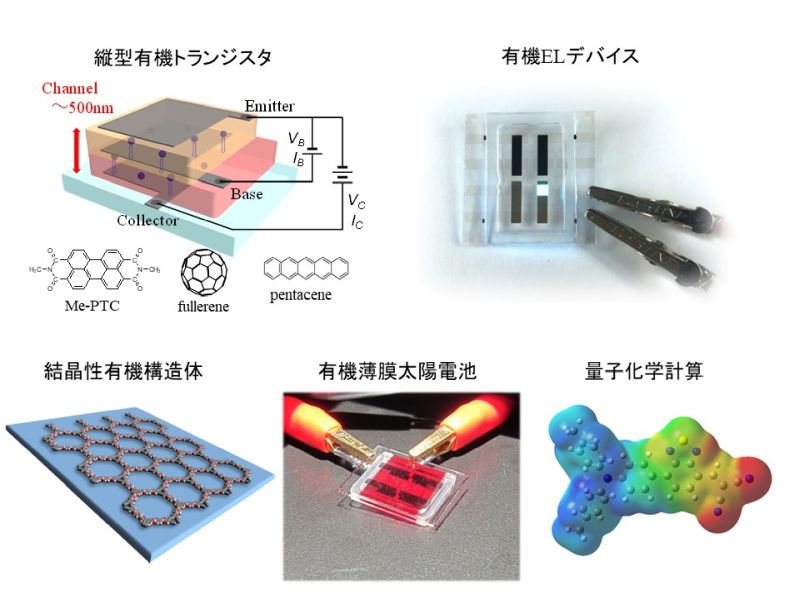
We design and synthesize a wide variety of new inorganic solid materials, mainly alloys and ceramics, to develop innovative catalysts. The reactions include effective utilization of shale gas and CO2, hydrogen production, and nitrogen conversion, aiming to create catalysts that can contribute greatly to the development of the chemical industry and the improvement of the global environment. We also aim to elucidate the principle of catalysis in detail in an atomic level from a physicochemical viewpoint, and to pursue and advance fundamental science.
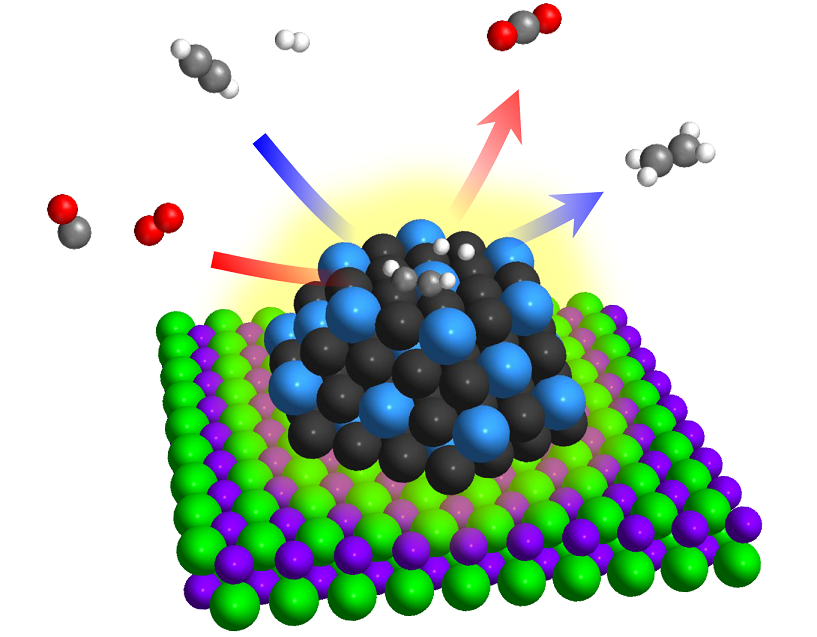
Top